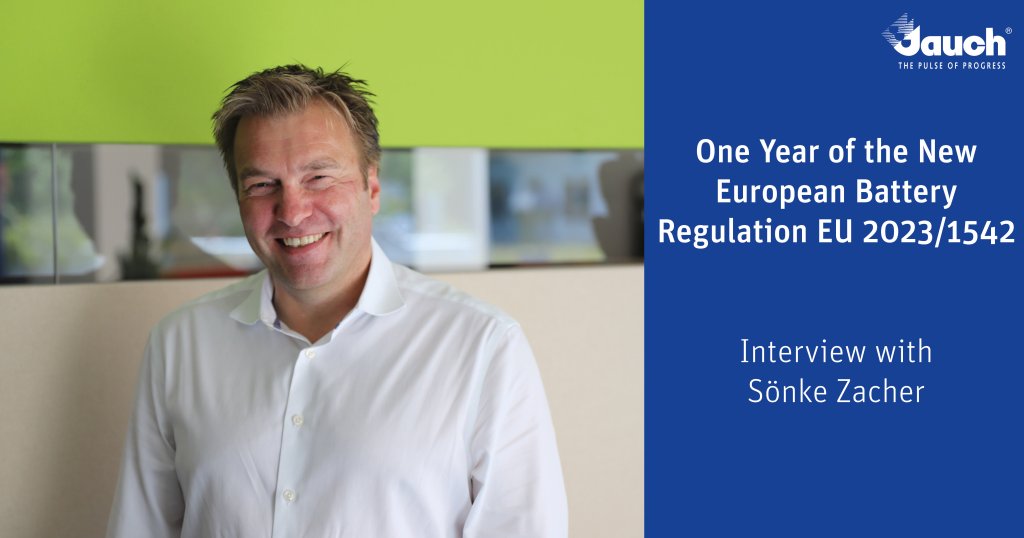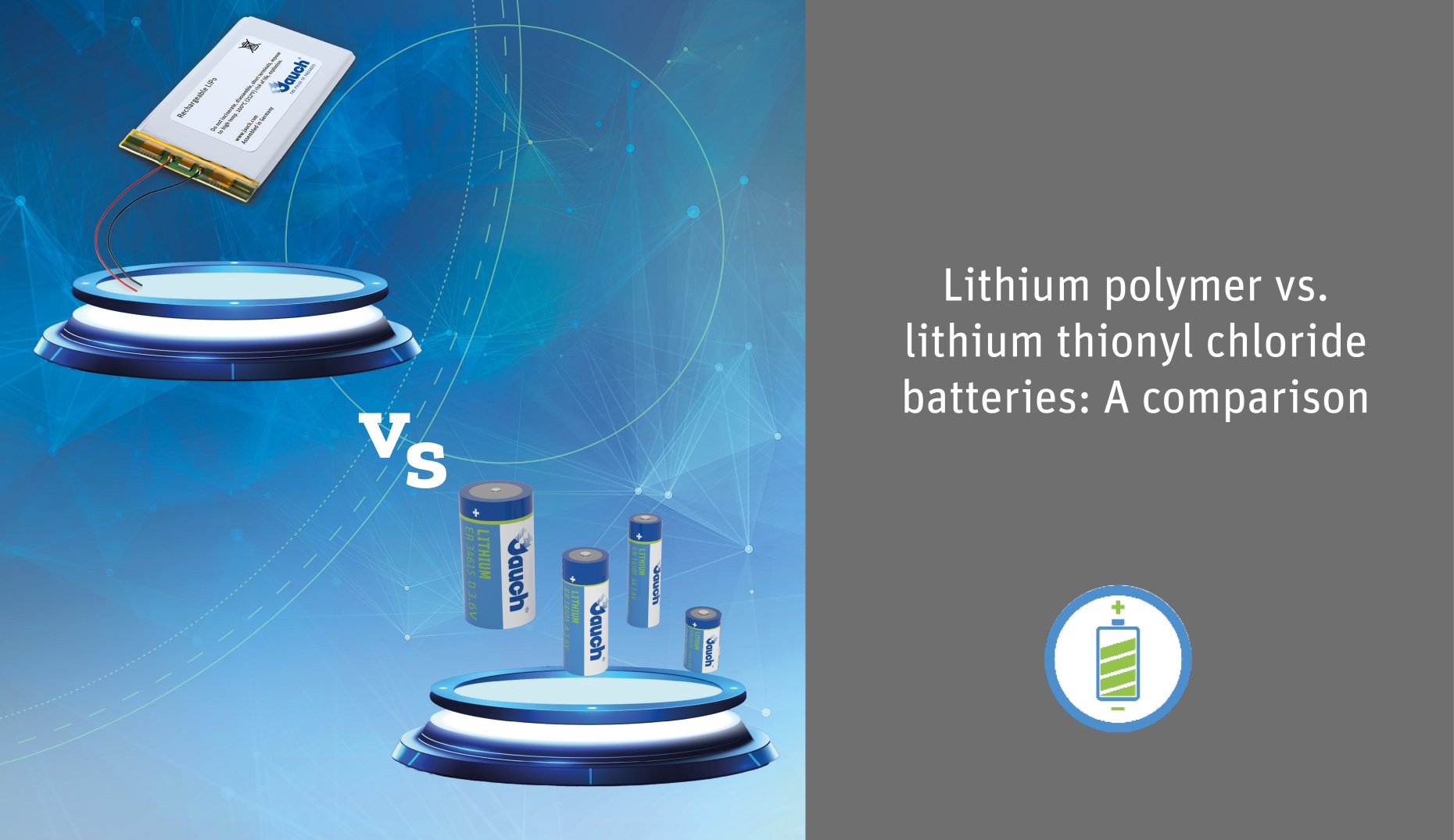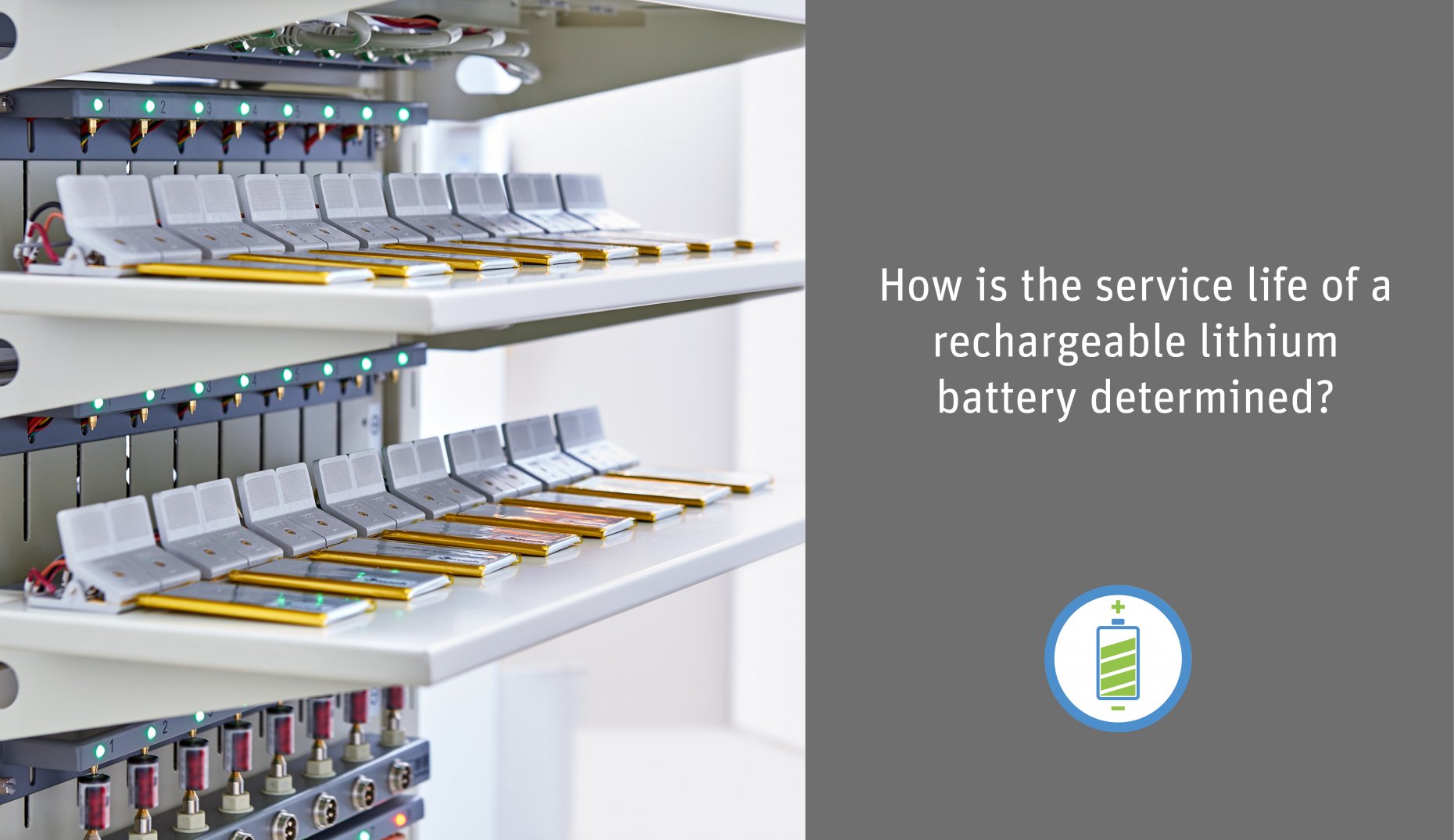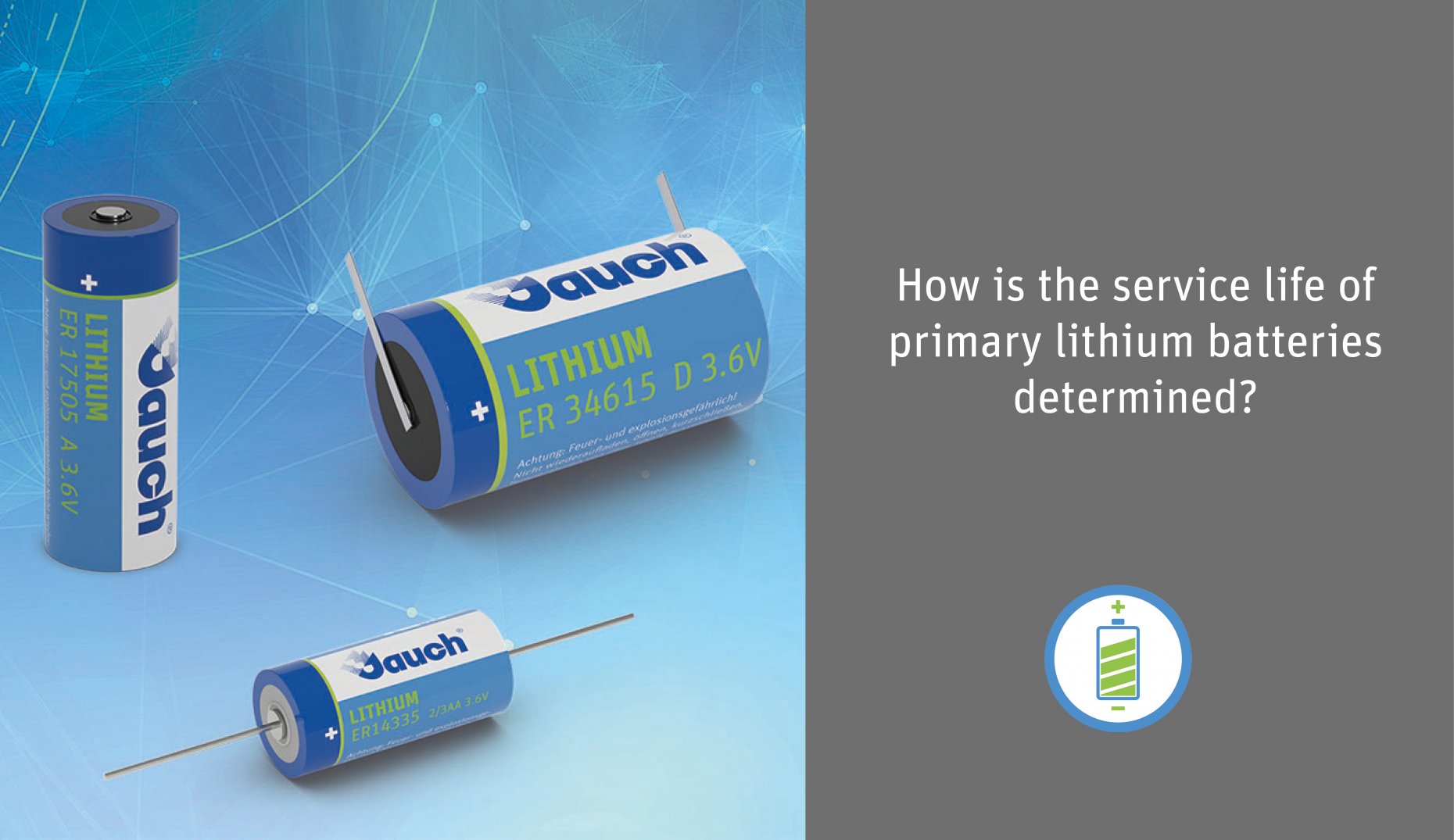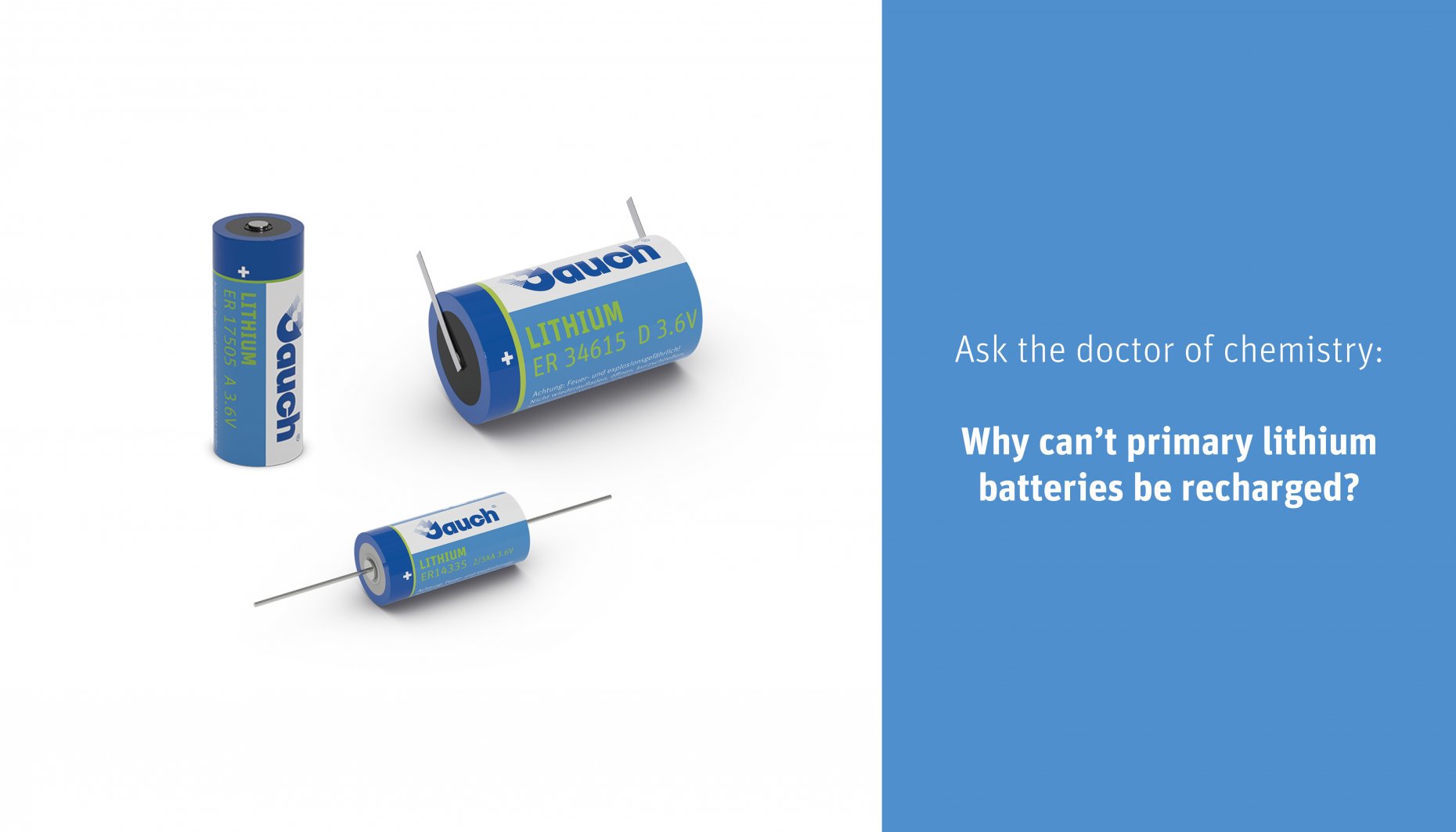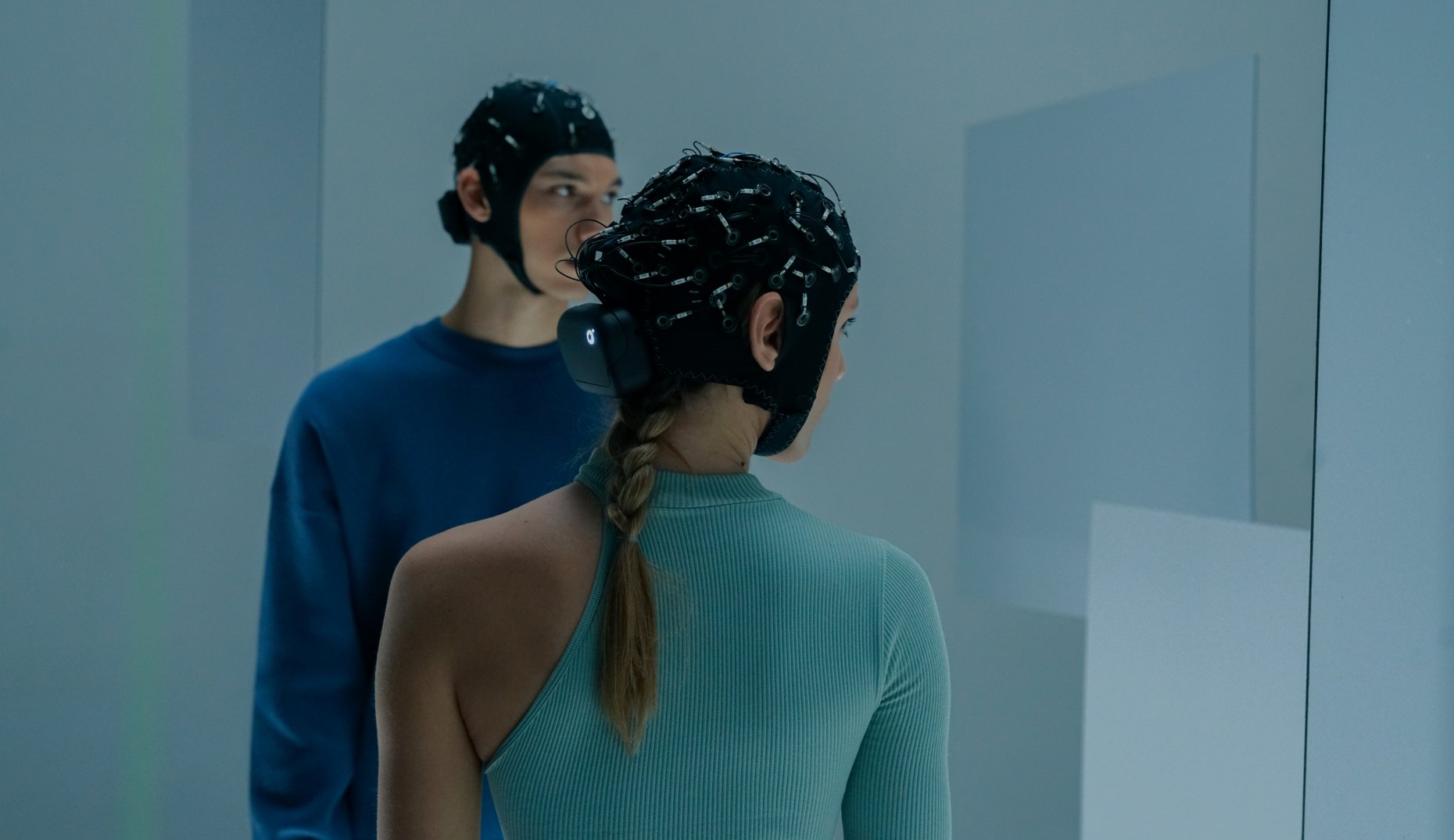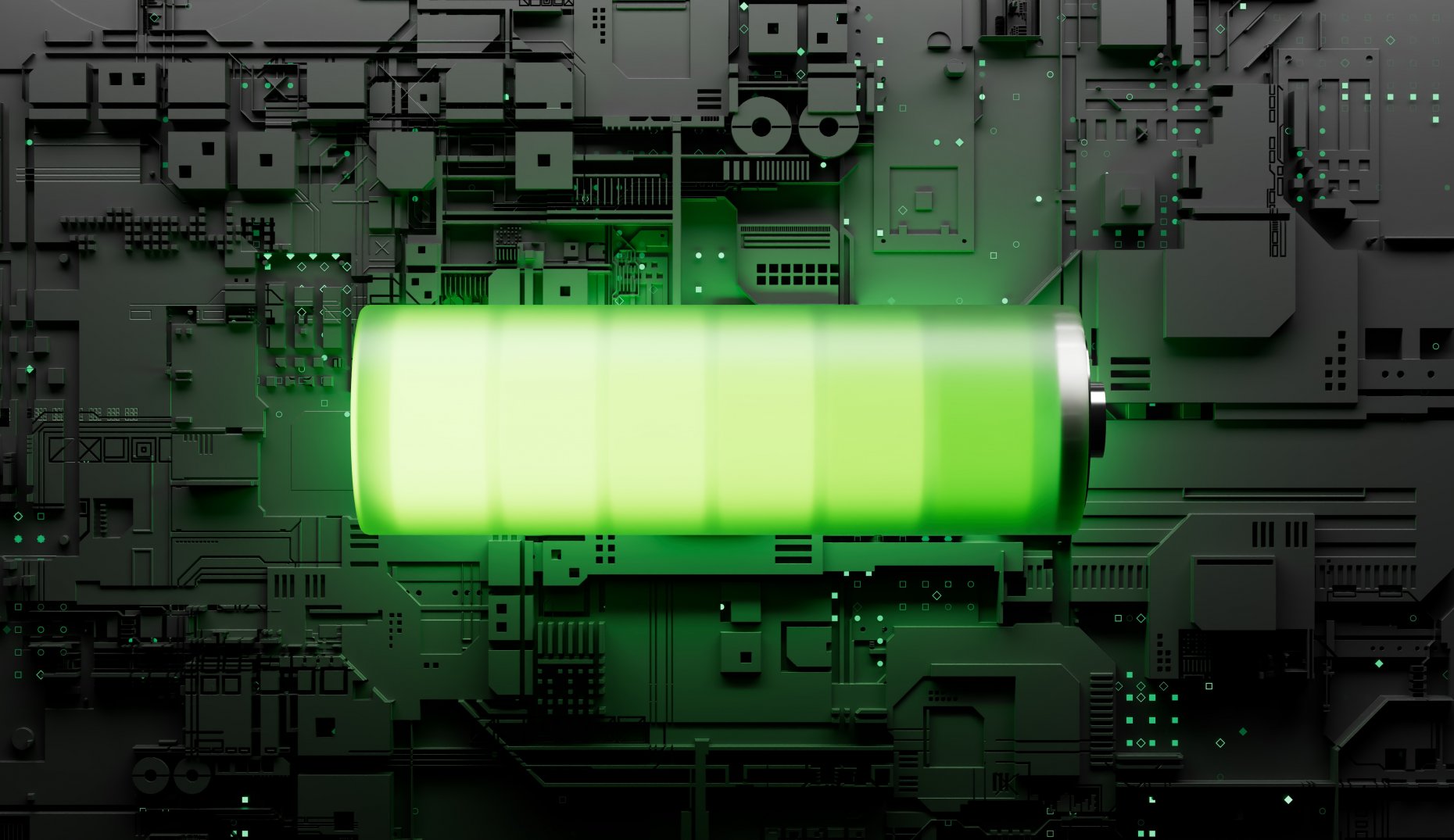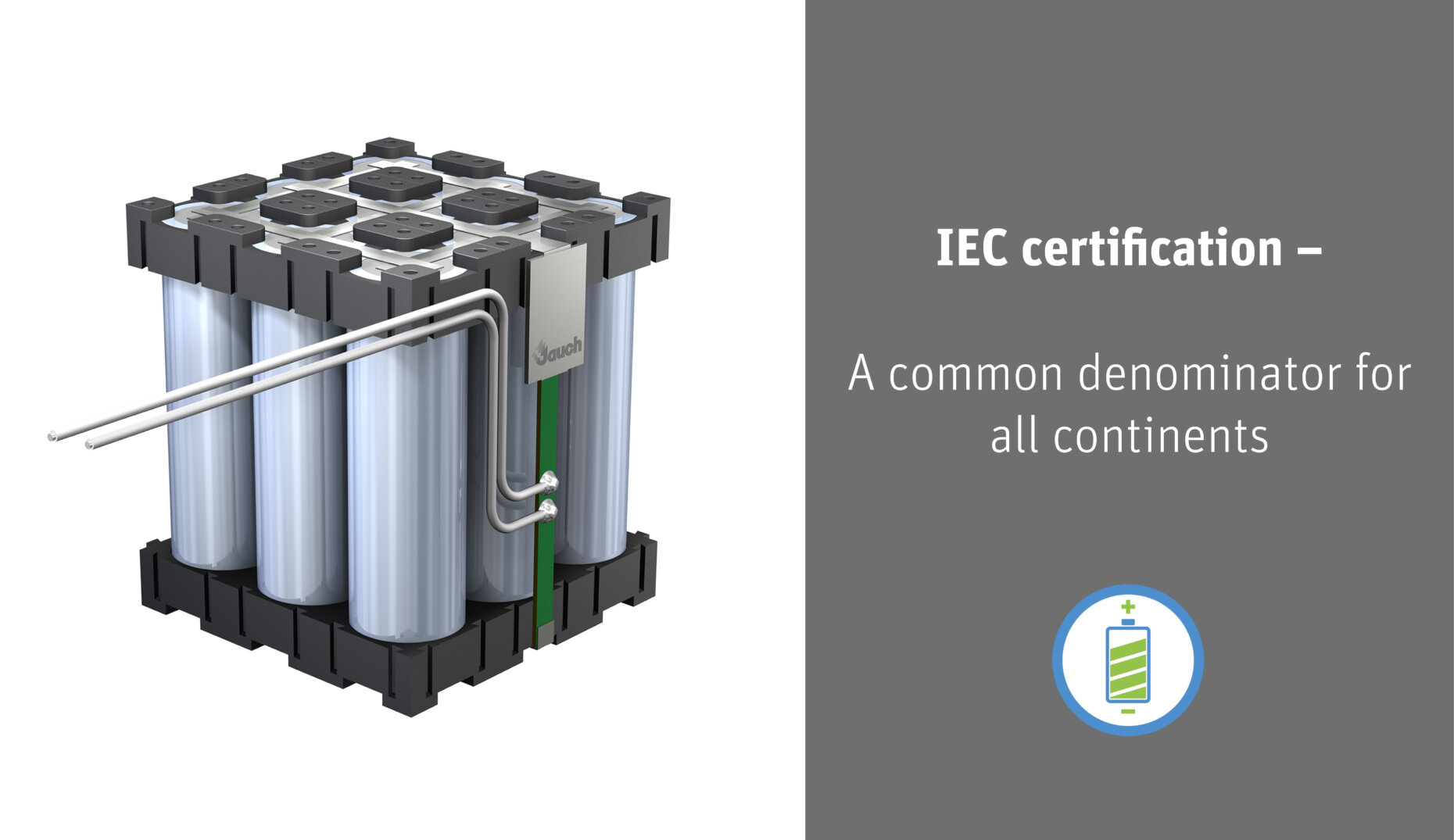One Year of the New European battery Regulation EU 2023/1542 – Interview with Sönke Zacher
One year ago in February 2024 the new European Battery Regulation EU 2023/1542 came into force. What impact does the new regulation have on everyone who deals with batteries in their daily lives? We spoke with Sönke Zacher, Head of Project Management at Jauch: Sönke Zacher: The new battery regulation brings many innovations. It was
- Published in Battery Technology
The New European Battery Regulation EU 2023/1542: What You Need to Know
Did you know that the new European Battery Regulation came into effect last year? This regulation, officially known as “Battery Regulation EU 2023/1542,” introduces numerous changes and higher standards for the sustainability, performance, and labelling of batteries. The new Battery Regulation was published on 28th July 2023, came into force on 17th August 2023, and
- Published in Battery Technology
Lithium polymer vs. lithium thionyl chloride batteries: a comparison
In a world where the demand for powerful and long-lasting batteries is constantly growing, different technologies are competing to meet the needs of a wide range of applications. Among the promising options, rechargeable lithium polymer batteries and primary lithium thionyl chloride batteries are at the top of the list. Both are lithium batteries and are
- Published in Battery Technology, Uncategorized
How is the life of a rechargeable battery determined?
Have you ever wondered why you have to recharge your smartphone battery at increasingly shorter intervals after 1 to 2 years of use? Of course, the phenomenon is not limited to the battery in the smartphone – every rechargeable battery inevitably loses storage capacity over time. But what is the reason for this? And how
- Published in Battery Technology
How is the service life of primary lithium batteries determined?
We know lithium batteries mainly from our smartphones, laptops, or smartwatches: all devices that can be recharged again and again once the battery is empty, but not all lithium batteries are rechargeable. Some chemistries, generally CR (lithium manganese dioxide) and ER (lithium thionyl chloride) batteries, may not be recharged under any circumstances. Both types of
- Published in Battery Technology
Ask the doctor of chemistry: Why can’t primary lithium batteries be recharged?
Lithium batteries are one of the most widely used types of batteries and serve a variety of applications, including electronic devices and energy storage. We know these batteries mainly from our smartphones, wearables, or cars, which we can recharge time and again. However, there are battery chemistries with lithium that cannot be recharged. These include,
- Published in Battery Technology
Customer Success Story: A durable and certified battery for mBrainTrain’s mobile EEG
Electroencephalography, or EEG for short, is a methodology for measuring tiny brain signals that are quite difficult to capture. You can likely imagine how these tests look like: Participants have electrodes and lots of cables around their heads while being in a lab. However, these complex systems cannot measure the human brain in the natural
- Published in Battery Technology, Customer Success Stories
The Lithium Battery’s Beginnings
Clattering coins, a line of people, and pattering rain: a run-of-the-mill evening scenario in front of a yellow telephone booth. These previously offered the only opportunity to check in with family or friends while on the go. Nowadays, the 140-year era of the telephone booth has come to an end—the smartphone already sealed its fate
- Published in Battery Technology
Customer Success Story: The tripod for thermal imaging and night vision cameras – a lithium-ion battery for XSPECTER
Founded in October – and on the market within just six months: Start-up XSPECTER has its T-CROW XRII to thank for this success. The product behind this futuristic name is a special tripod for thermal imaging and night vision cameras. The product: A controllable 3D-printed camera tripod The T-CROW XRII is a controllable camera tripod
- Published in Battery Technology, Customer Success Stories
IEC certification – A common denominator for all continents
The standards of the International Electrotechnical Commission (IEC) are among the most important groups of standards for the certification and safety of electronic products. They include both cells and batteries and span primary cells, secondary cells, battery packs and portable device batteries. In addition to the requirements for the devices and central rules for the
- Published in Battery Technology
- 1
- 2


 Deutsch
Deutsch 